Yogis have long recognized that the mind, breath, and body are intrinsically connected. Change in one layer (such as the breath) can impact other layers of our being (such as our thoughts or emotions). Similarly, our emotional well-being is frequently reflected in our physical posture. Depressed individuals may exhibit (literally) depression in the chest cavity and be “crestfallen,” while joyous folks tend to expand and feel “open-hearted. Researcher Amy Cuddy’s has found correlations between “power postures” (open chest and open arms) and decreased stressed and increase testosterone, indicating that our inner emotional landscape may be tied directly to our physical stance.
While it may be difficult for us to directly change our emotional state (“Stop being so sad, dammit!”), we can willfully change our physical state and allow the effects of that shift to impact the other layers of our experience. Yoga practice - which is full of expansive heart openers - is a wonderful tool for combatting the compressive and contracting postures of daily life.
Practicing poses that focus on the upper spine and ribs is believed to impact the heart chakra, which is an energetic locus at the center of the chest. According to a modern psychological interpretation of the chakras, anahata chakra (literally, “unstruck”) helps to govern our ability to be in healthy relationship and interact well with the world. Just as the lungs physically enable the exchange of air with the outside world, the heart chakra governs the balance of giving and receiving energy in emotional relationships. When the energy of the anahata chakra is deficient, we feel withholding or emotionally stuck. When the energy of the heart chakra is too free or unbound, we feel clingy or emotionally desperate. Finding a balance of stability and freedom through the heart will support the practitioner to be both grounded and loving. Although it’s not accurate to say that our heart chakra will “open” (chakras don’t open or close), the following poses help support the stability and expansion of the chest, which can assist in mood-regulation and well-being.
1. High Lunge
The ability of the heart to open starts in the hips. Use high lunge to open the hip flexors and create an expansion through the entire front body. Anchor your feet firmly into the floor, hug thigh thighs to stabilize the pelvis, and from this connection of to your foundation, reach up through your arms to grow your side bodies long. The heart center is three-dimensional. When you open the heart, it’s not only the front of the heart that should be considered but the sides and the back of the heart as well.
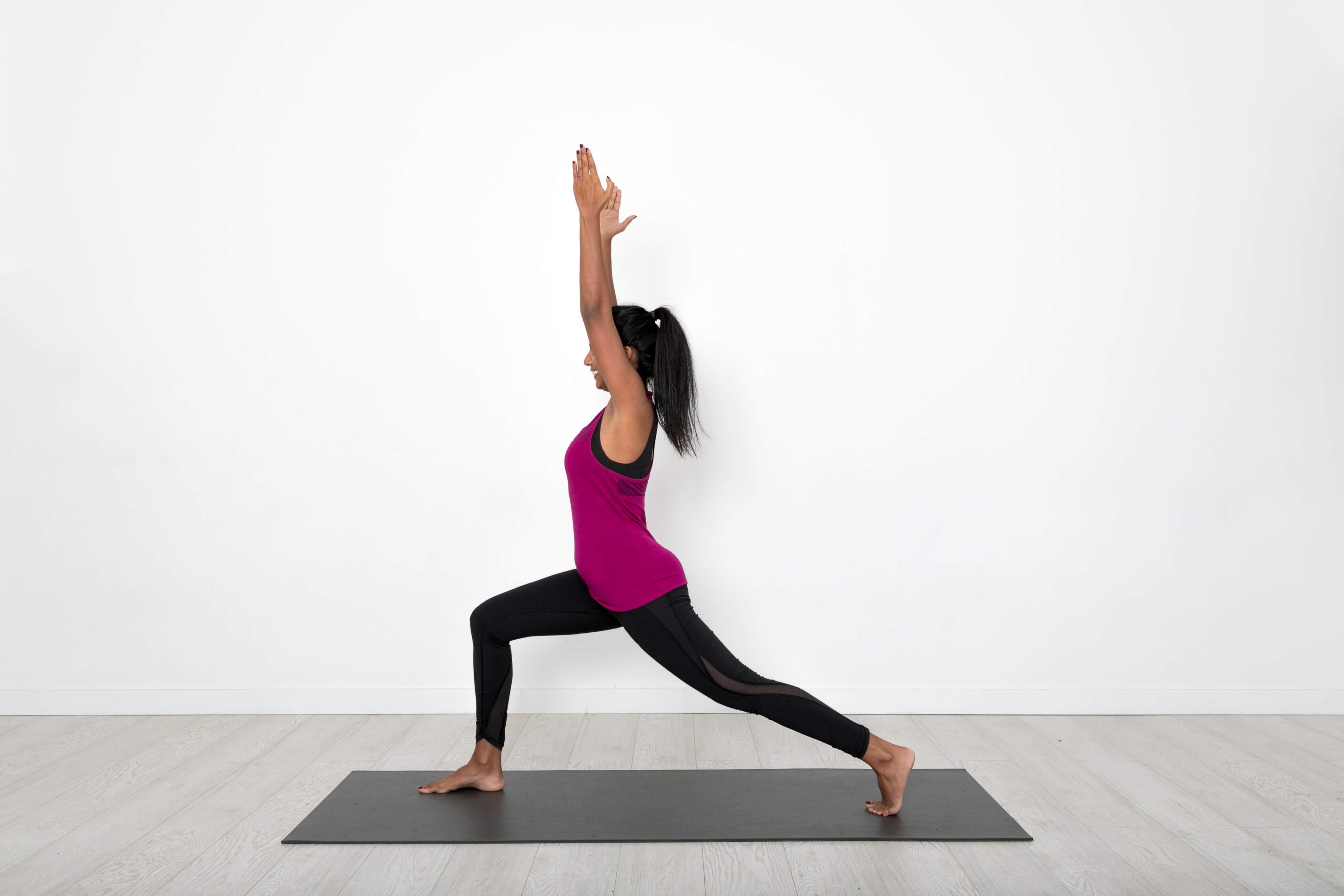
2. Salabhasana
A stabilizing and grounding backbend, salabhasana is an ideal pose to gently open the heart from an anchored position to the floor. First root the legs, pelvis, and lower ribs firmly to the earth. From this anchor, reach the chest forward and up with very little weight in the hands. Keeping the tailbone rooted to the heels, lift the legs up strongly. This pose will strengthen the hamstrings, glutes, the intrinsic spinal extensors, and important postural muscles of the upper back (rhomboids and trapezius). Practicing accessible backbends such as salabhasana can help to strengthen the postural muscles needed to maintain more functional and open-hearted alignment.
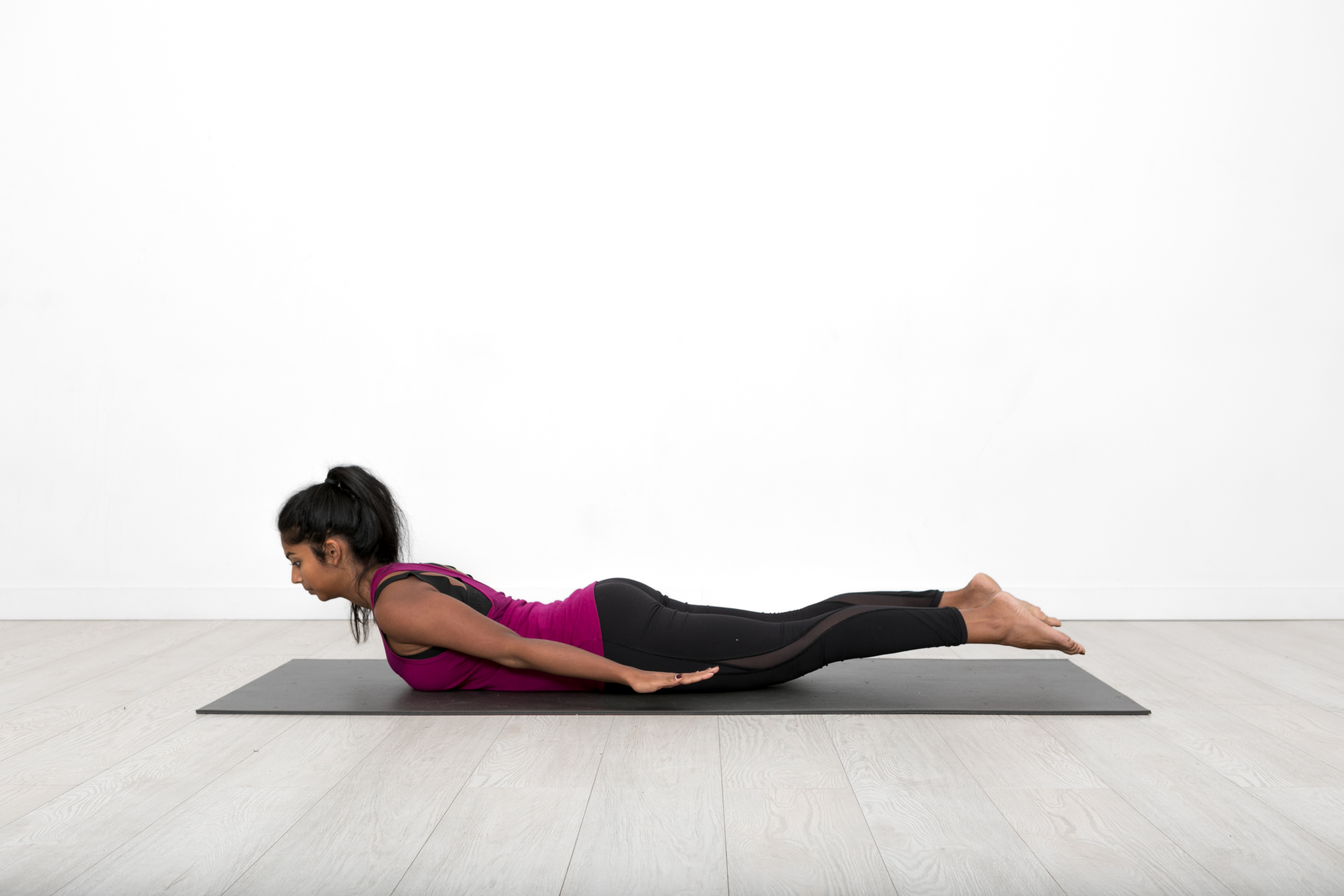
3. Sphinx
Similar to salabhasana, in sphinx, the legs and pelvis are firmly anchored on the earth. However, because you are propped on your forearms, you can find a deeper opening through the chest. Press the forearms down and pull them isometrically back to open the collarbones and upper chest. In this position, you can soften the front of the chest into the sling of the arms, and allow your heart to open fluidly with your breath.
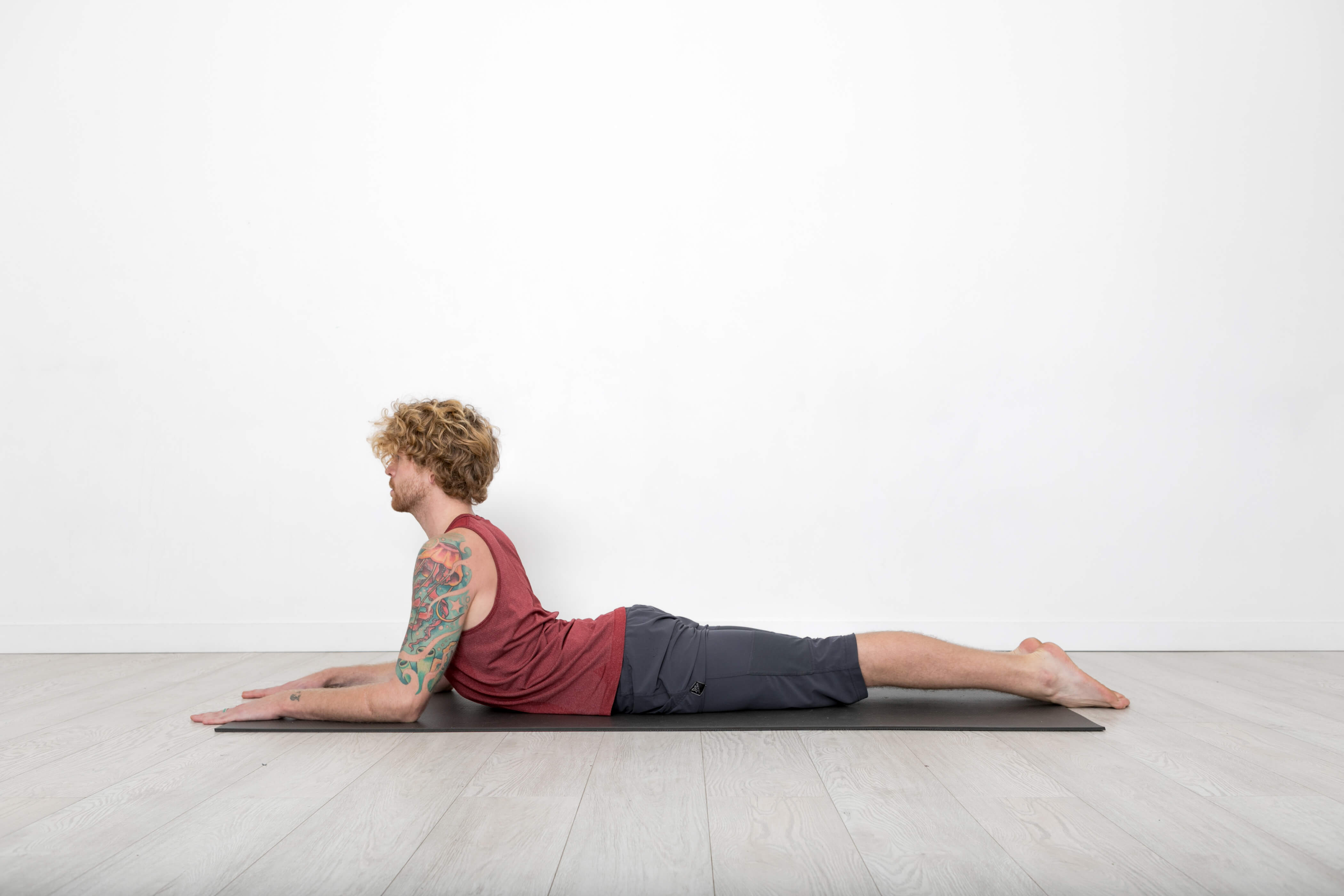
4. Chair With Backbend
Opening the heart isn’t only about “melting”; use the fire of this chair pose variation to cultivate strength in the postural muscles of the upper back. From chair pose, bring your arms into a cactus shape. Tip the fingers back in space and hug the shoulder blades together on your back. As you draw your front ribs in, pull the bottoms of your shoulder blades deeper into the back of the heart to lift and widen the front of the chest.
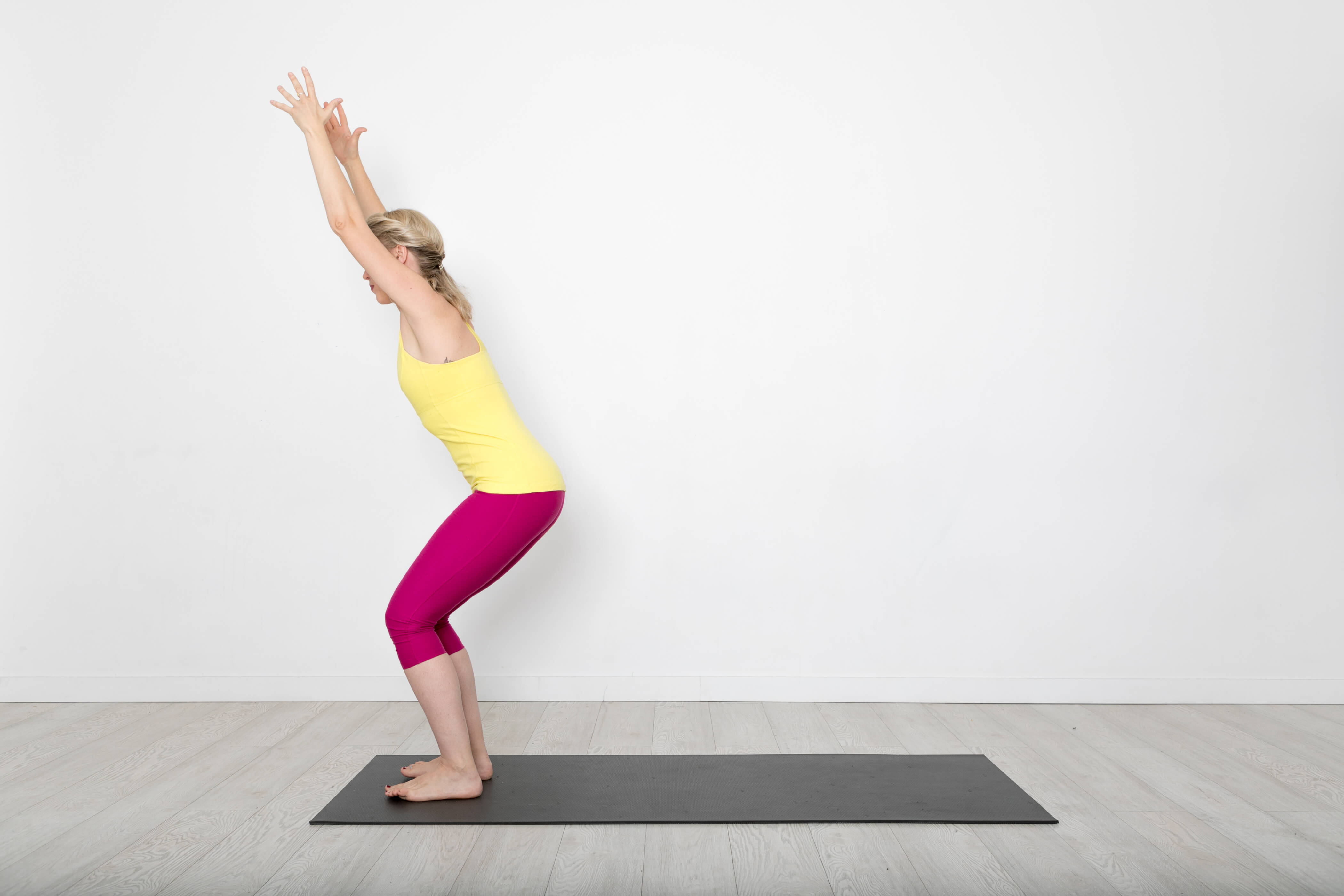
(Classic chair pictured)
5. Anahatasana
Literally “heart pose,” anahatasana is a backbend of surrender. The position of this pose uses gravity like a soft hand on the upper back to soften into the fullness of this position. From child’s pose, position the knees directly over the hips and keep them there. With the arms straight, walk the hands as far forward as possible, melting the heart towards the floor. Take 5-10 breaths in this pose, allowing the weight of the upper body to release the heart to the floor.
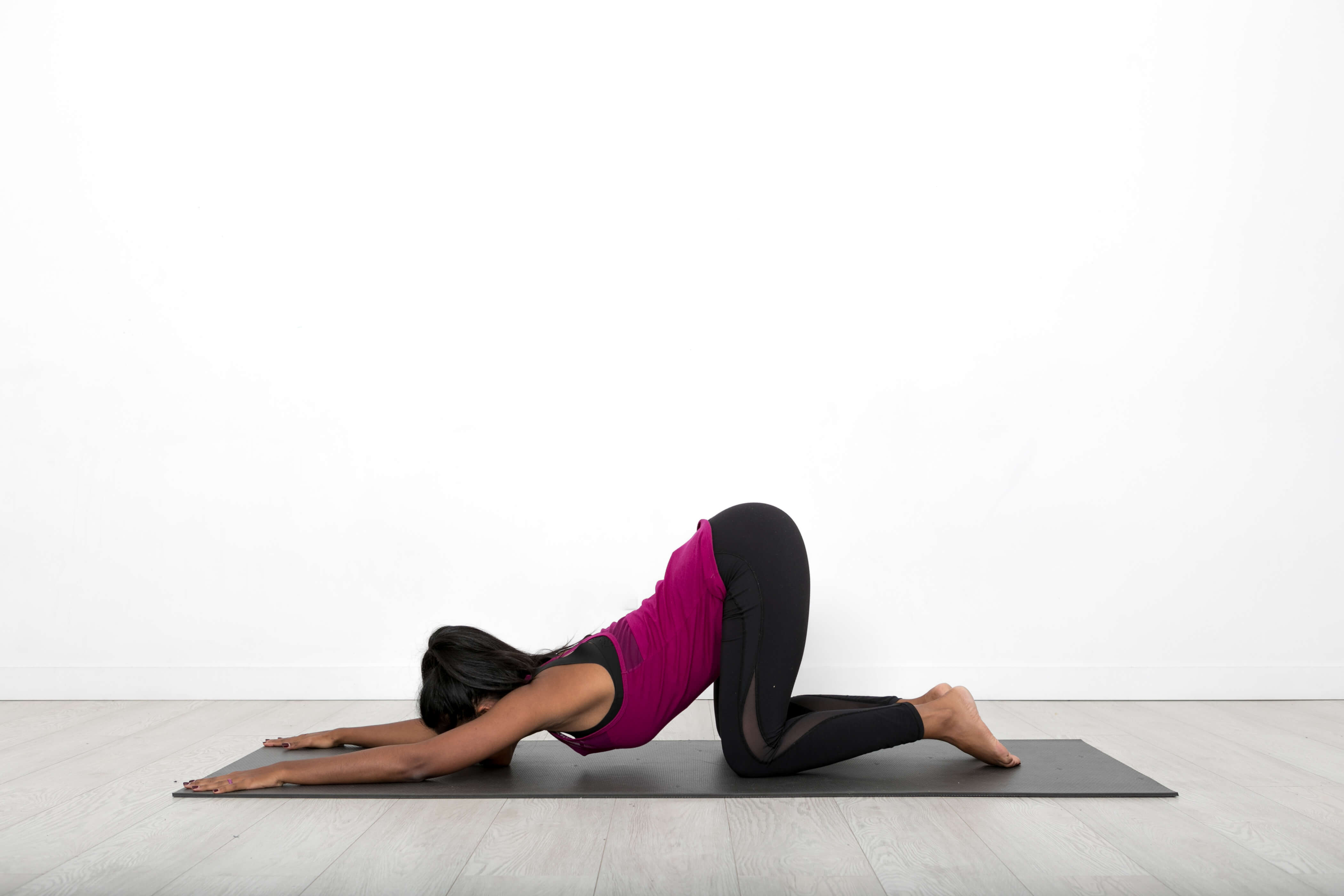
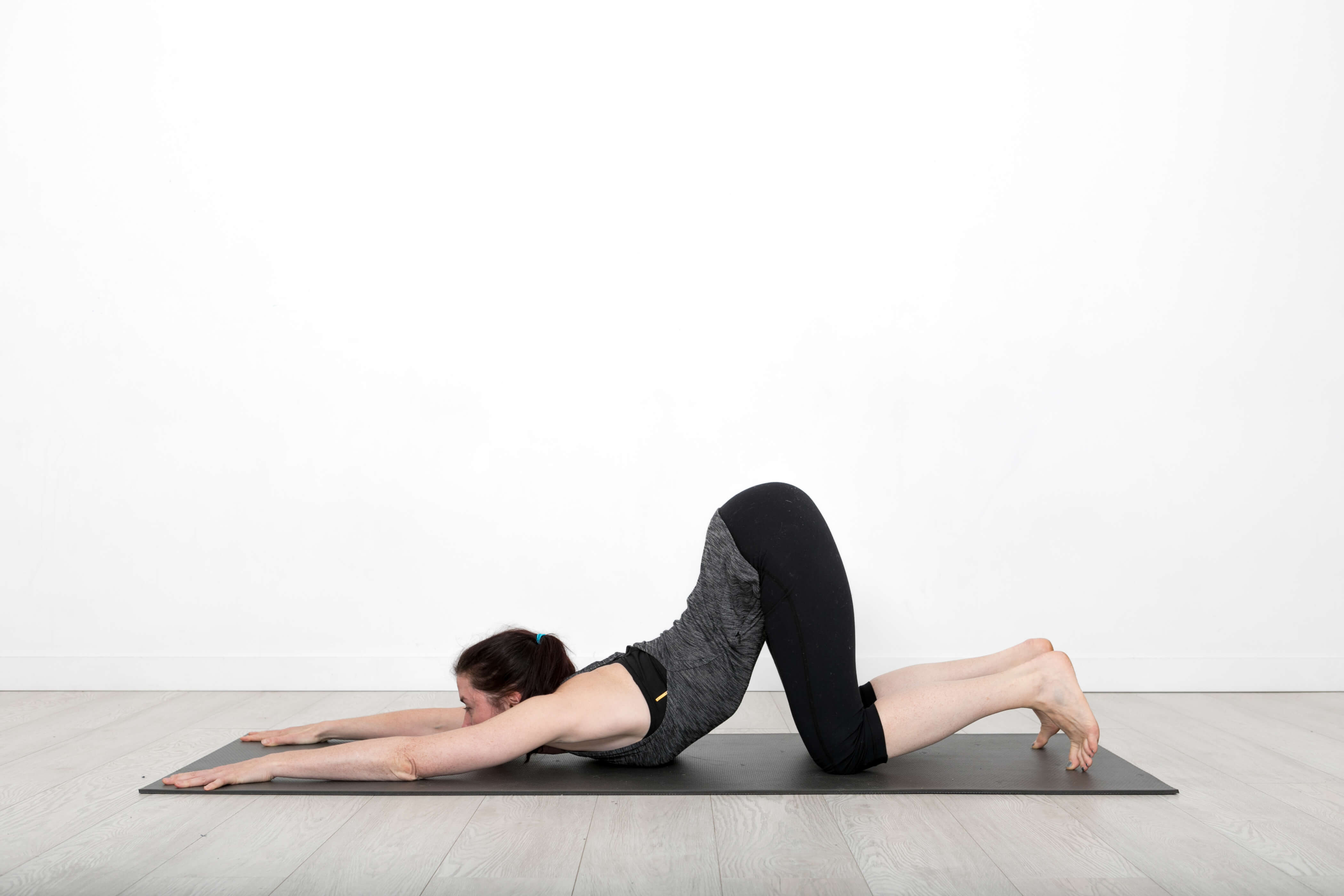
Incorporate a short backbending practice into your daily routine. Even a quick five minute practice can reset your posture, energize your body, expand your breath capacity and increase your energy levels. Happy practicing!
RECOMMENDED CLASSES
Peak Pose: Bow
Instructor: Rachel Scott
Classes: 4
Anahata (Heart) Chakra 4 Flow
Instructor: Fiji McAlpine
Duration: 55:04
Sweet Little Heart Openers
Instructor: Crista Shillington
Duration: 31:09
Kundalini Yoga for the Heart Chakra
Instructor: Dawn Rabey
Duration: 36:09


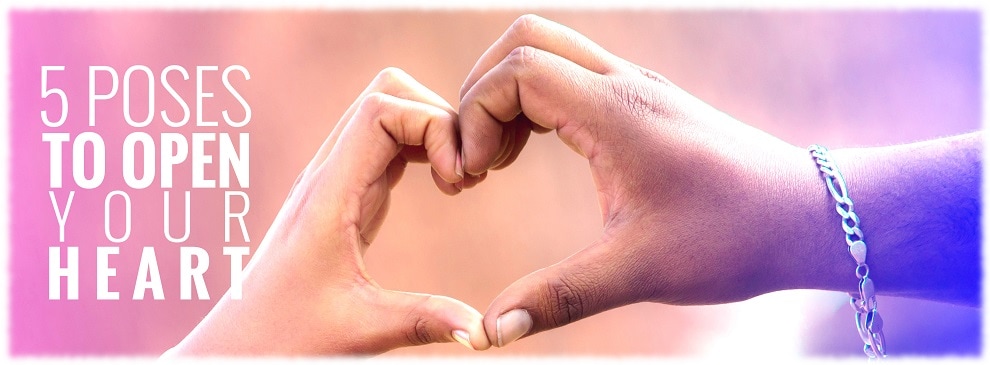
Comments
Existing Comments